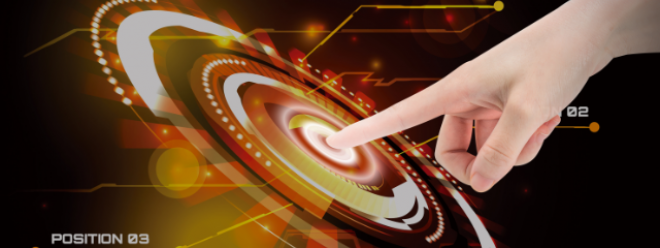LiFi is a wireless communication technology that uses visible light communication to transmit data

Visible light communication is a technology that uses visible light for data transmission. It uses optical signals in the visible light band to transmit information, usually using LED lights or lasers as the light source, and the receiving end uses photodiodes or optical receivers to receive the optical signals and convert them into electrical signals. Visible light communication has the advantages of strong anti-interference, high security, and no radiation, and is suitable for data transmission needs in some special scenarios.
In visible light communications, common applications include indoor positioning, indoor communications, Internet of Vehicles and other fields. With the continuous development of LED technology and optical communication technology, visible light communication is expected to become an important part of future wireless communications.

LiFi is a visible light wireless communication technology that uses visible light communication (VLC) to transmit data. It uses LED lights or other light sources as transmitters to transmit data by modulating light signals, which are then received and decoded by an optical receiver. LiFi has high data transmission speed and security, but is limited by the range of light propagation and obstruction by obstacles.
VLC (visible light communication) is a technology that uses visible light for communication. It transmits data by modulating the brightness of a light source, usually using LEDs as the light source. VLC can achieve broadband communication and has the advantages of security, energy saving, and anti-interference in some specific scenarios.
Technical principles
LiFi (Light Fidelity) is a wireless communication technology that uses visible light communication to transmit data. Its principle is based on the light signal emitted by the LED (Light Emitting Diode) light source, which transmits data by modulating the brightness of the light. After the light sensor at the receiving end receives the optical signal, it converts it into an electrical signal to realize data transmission.
LiFi communication can be simply summarized into the following steps:
- LED light sources emit light signals, which carry data information.
- The light sensor at the receiving end receives the light signal and converts it into an electrical signal.
- The received electrical signal is demodulated and the data information is extracted.
The advantage of LiFi technology lies in its high-speed transmission, low latency, free spectrum and other characteristics, which is suitable for wireless communication needs in some special scenarios.
Advantages and Disadvantages
LiFi advantages:
- High-speed data transfer: LiFi can achieve faster data transfer speeds than Wi-Fi because it utilizes visible light communication rather than radio waves.
- Security: Since visible light cannot penetrate walls, LiFi’s signal range is easier to control, thereby improving the security of data transmission.
- Free from interference: Because visible light communication is not interfered by radio waves, LiFi performs more stably in high-density wireless network environments.
- Energy saving and environmental protection: LiFi uses visible light, which can save energy and does not produce electromagnetic radiation.
LiFi Disadvantages:
- Restricted range: LiFi signals are limited by the range of light and cannot penetrate walls, so they may be limited in some situations.
- Light source dependence: LiFi requires a light source to transmit data, so it cannot be used in an environment without a light source.
- Weather effects: LiFi signals are affected by weather and light conditions and may perform unstable in certain environments.
- Equipment cost: The current cost of LiFi equipment is relatively high, which limits its popularity in large-scale applications.
Application scenarios
- Indoor positioning system: LiFi can be used in indoor positioning systems to determine the location of mobile devices by receiving signals from different light sources, which can provide accurate positioning services in hospitals, shopping malls, exhibition halls and other places.
- Smart home: LiFi can be used in smart home systems to transmit data through lamps to achieve functions such as intelligent lighting control, audio transmission and home network connection.
- Secure data transmission: Since LiFi signals cannot penetrate walls, it can be used in data transmission scenarios that require a high degree of security, such as military communications, financial transactions and other fields.
- Indoor communication network: In high-density population areas, such as office buildings, conference rooms and other places, LiFi can supplement the indoor communication network to provide more stable and high-speed data transmission services.
For example: In hospitals, LiFi can be used in indoor positioning systems to transmit data through lamps in the hospital to achieve real-time positioning of medical staff and equipment, improving the efficiency and safety of medical services.